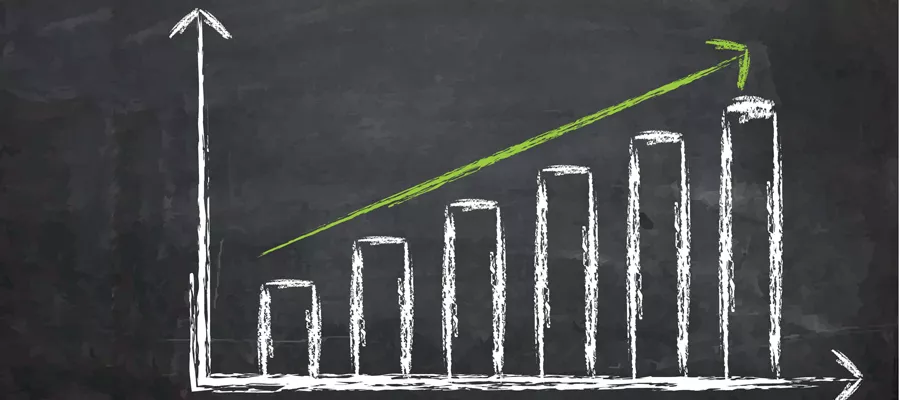 Of all the priorities being discussed over how to build a stronger and more sustainable economy, narrowing the student achievement gap doesn't get the attention it deserves. But focusing on this issue may be a surefire way to create significant economic development and increase government revenue, according to a new report released by the Washington Center for Equitable Growth.
Of all the priorities being discussed over how to build a stronger and more sustainable economy, narrowing the student achievement gap doesn't get the attention it deserves. But focusing on this issue may be a surefire way to create significant economic development and increase government revenue, according to a new report released by the Washington Center for Equitable Growth.
“The reality in the United States is that persistent educational achievement gaps are generating a massive waste of both human talent and economic potential,” says Robert Lynch, a professor of economics at Washington College and author of the Washington Center report.
His analysis uses three unique "scenarios" to illustrate the economic benefits of narrowing the achievement gap between children from higher and lower socioeconomic backgrounds by the years 2050 and 2075 (see table below).
The "bronze" scenario models the expected economic growth that would occur if the U.S. matches the average Organization for Economic Cooperation and Development (OECD) math and science achievement scores from the Program for International Student Assessment (PISA). The "silver" scenario shows the resulting economic impact if the U.S. were to equal Canada’s achievement scores, while the "gold" scenario estimates the economic benefits of bringing up the average math and science achievement score to match that of the top quarter of U.S. students.
The study essentially estimates U.S. government revenue and economic potential. It also quantifies that the closing of the U.S. student achievement gap sufficiently reduces economic inequality.
 Source: The Washington Center for Equitable Growth (Click to Enlarge)
Source: The Washington Center for Equitable Growth (Click to Enlarge)
“The good news is that by making investments that raise educational achievement and narrow achievement gaps through a broad array of reforms, which include education reform and a host of family friend worklife policies, the improvements would pay for themselves through higher GDP growth rates and increased government revenues,” says Lynch.
In other words, enhancing education across the income spectrum promotes a steadily growing economy as well as equal opportunity. In addition, narrowing the student achievement gap can also raise tax revenue that would eventually result in further long-term economic benefits.
“These gaps contribute to subsequent economic inequality, with the relatively poor performance of children from lower socioeconomic backgrounds reducing U.S. economic growth,” the report says. “Closing income or class-based educational gaps would promote faster and more widely shared economic growth.”
Not to mention, investing in public policy strategies pertaining to early childhood care and education, criminal justice reform, and family friendly workplace policies can accelerate the process of narrowing socio-economic based student achievement gaps.
Lynch believes "school-specific" education reforms "cannot get at the root problems that cause these gaps and thereby cannot stop achievement gaps from developing in the first place."
"The first five years of a child’s life may be as important to success in the workplace as all subsequent years of formal education," the report states. "Thus, a comprehensive and integrated set of early childhood support systems that encourage nurturing and stimulating early care could help close achievement gaps."
Photo: Associated Press


